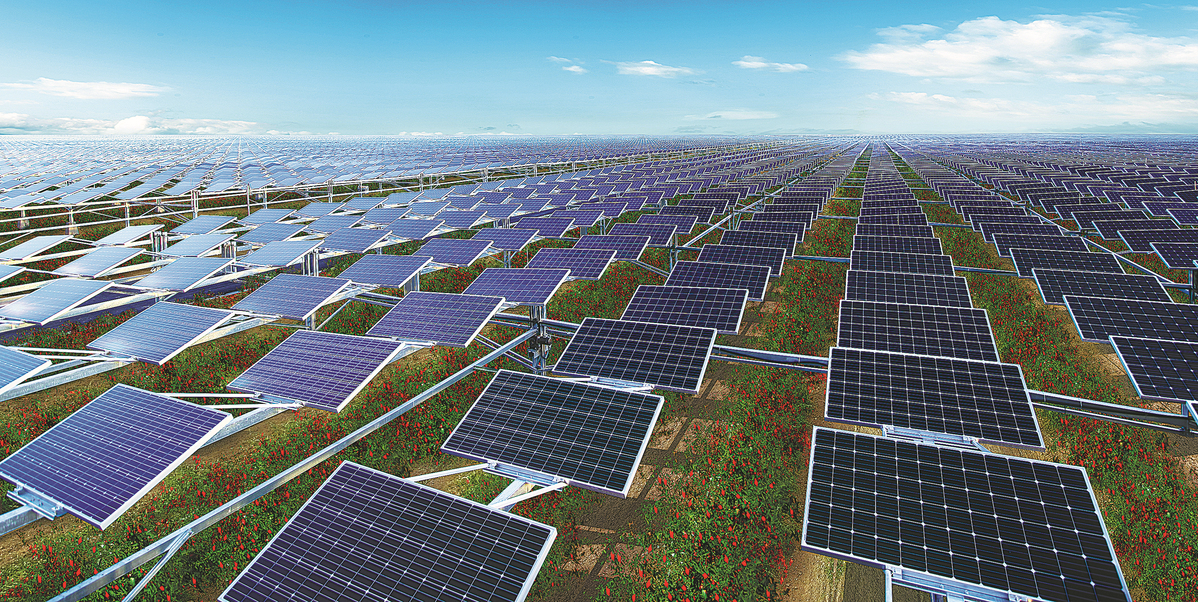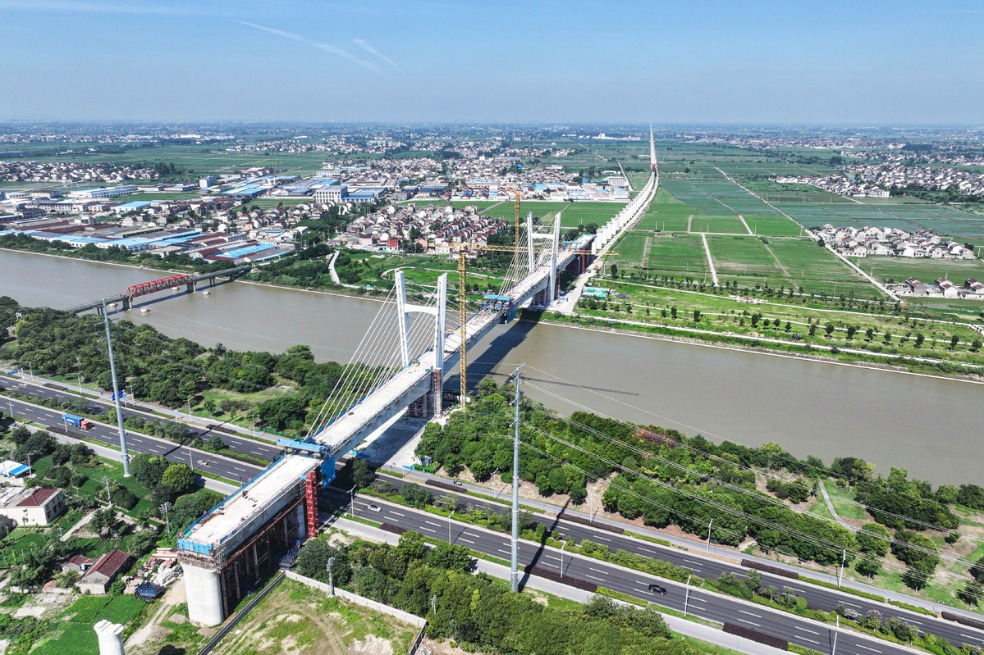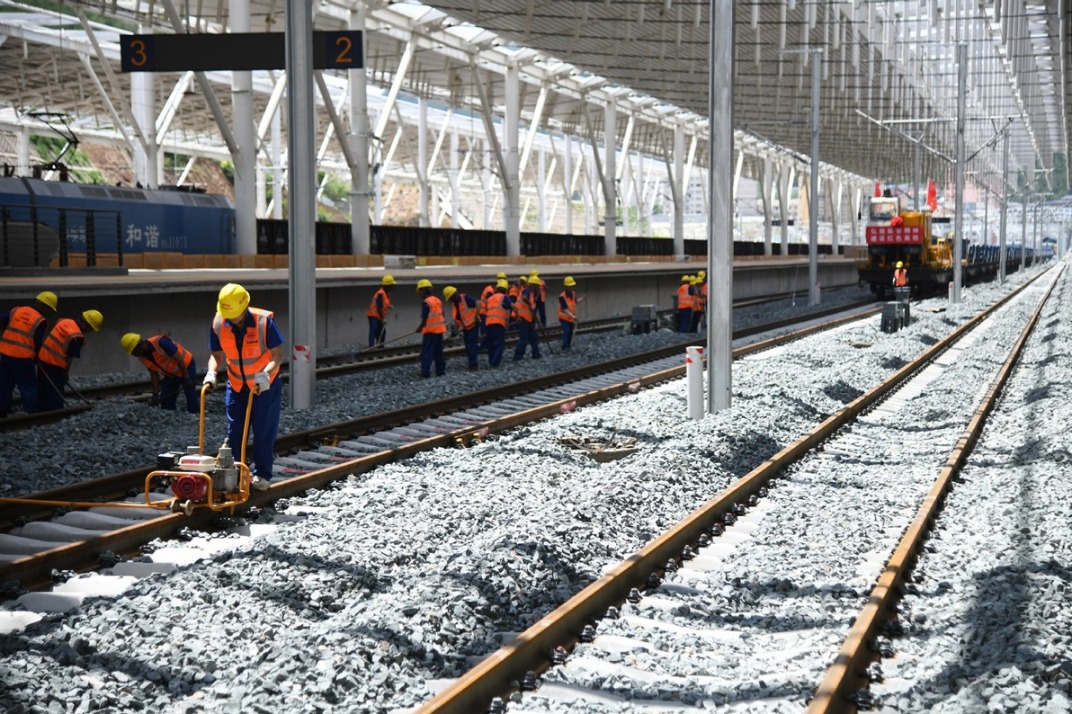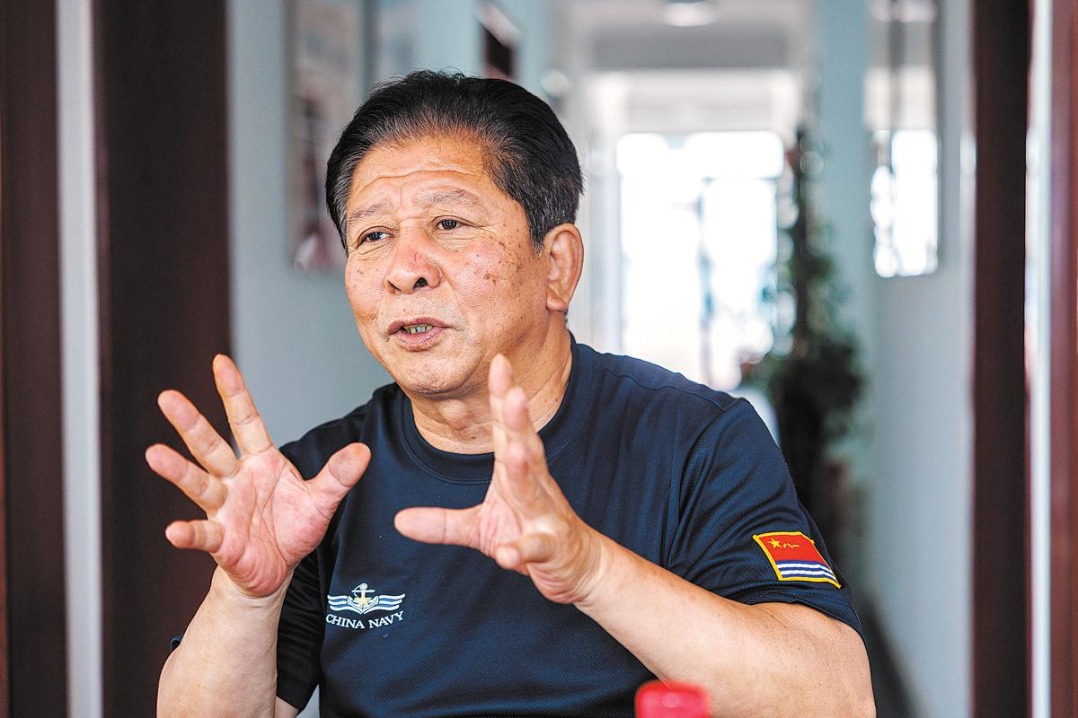China's Ningxia taps desert resources to realize green development


YINCHUAN -- On a vast expanse of desertified land, rows of photovoltaic power panels shine in sunlight, with goji berries planted under the panels.
The Baofeng farming-light integrated photovoltaic (PV) power station is developing a model that makes use of the desert area, measuring some 160,000 mu (about 10,667 hectares), and the abundant sunshine, while simultaneously encouraging the growth of viable crops.
The dual system of agriculture and green energy is promoted in Northwest China's Ningxia Hui autonomous region, transforming the environment and life of locals.
As a result, large areas of desert are slowly turning green and becoming arable land, benefitting local farmers who get jobs from PV power stations while continuing their farming activities.
"Our station generates 1.7 billion kilowatt-hours of clean electricity yearly. It saves 557,000 tonnes of coal and reduces carbon dioxide emissions by nearly 1.7 million tonnes," said Wen Zhixue, vice president of the Ningxia Baofeng New Energy Technological Co Ltd, which runs the station.
The PV panels are capable of blocking sunlight and reducing the vaporization of the land, thus contributing to the ecological restoration. The vegetation coverage rate in the area has risen from less than 30 percent to 85 percent, according to Wen.
The project needs a large number of workers to take care of goji berry shrubs, pick fruits and clean PV panels. Goji berries, also known as wolfberries, are a specialty in Ningxia and famous for their nutritional value.
"Each year, our PV project provides temporary jobs to about 100,000 farmers and helps each household earn 40,000 yuan (about $5,700). Some farmers get stable jobs after mastering technical skills," said Wen.
Over the past decade and more, while accelerating the restoration of natural vegetation and curbing desertification, Ningxia has continuously improved the comprehensive utilization efficiency of various resources such as land and solar energy, and realized the coordinated development of photovoltaic power generation and ecological restoration.
The PV panels at the southern edge of the Tengger Desert in the western part of Ningxia cover a vast area of 4,000 hectares. Without discharging waste, these PV panels continuously convert solar energy into electric power. The annual output of 1.7 billion kWh of green electricity not only lights up the surrounding area but is also transmitted to other parts of the country.
The Huaneng No 1 PV Central Station, established in 2011, also helps with ecological restoration and protection.
"At the initial stage of construction, the environment was rather bad and pushed up the overall cost of construction. After the PV station was built up, the desert was gradually covered in vegetation," said Liu Mingchun, head of the Huaneng No 1 PV central station.
Meanwhile, a green corridor of vibrant vegetation stretches across the southwestern edge of the vast Maowusu Desert in eastern Ningxia.
The spectacular array of high-voltage transmission towers is part of China's west-to-east power transmission program and the towers have been safeguarded by the vegetation -- mainly grass and shrubs, which stabilizes the sand and reduces desert-induced damage.
"In the past, it was all moving sand here and we couldn't drive in. We had to walk near the towers and patrol in the desert on foot," said Bai Lu, an employee of the State Grid Ningxia Ultra-high-voltage electric power company.
To tackle the challenges, the company launched a campaign in 2012 to stabilize sand dunes along the transmission lines, employing thousands of locals to plant seedlings to restore vegetation under the towers.
At the same time, the construction of a photovoltaic power plant with an installed capacity of 2 million kilowatts is in full swing on the fringe of Maowusu Desert.
The mega PV power station will be able to produce 3.7 billion kWh of electricity for east China annually and reduce carbon dioxide emissions by 3.1 million tonnes per year when it is put into full operation next year.
- Hebei roasted lamb contest blends history, tourism
- China's first green methanol injection completed on diesel-fueled vessel
- Children's vehicle hub in Hebei supplies 40,000 units every hour
- Beijing issues multiple alerts as heavy rain approaches
- Shanghai workshop highlights teachers as lifelong learners
- Xi urges youth, students' federations to deepen reform, innovation for new achievements





































